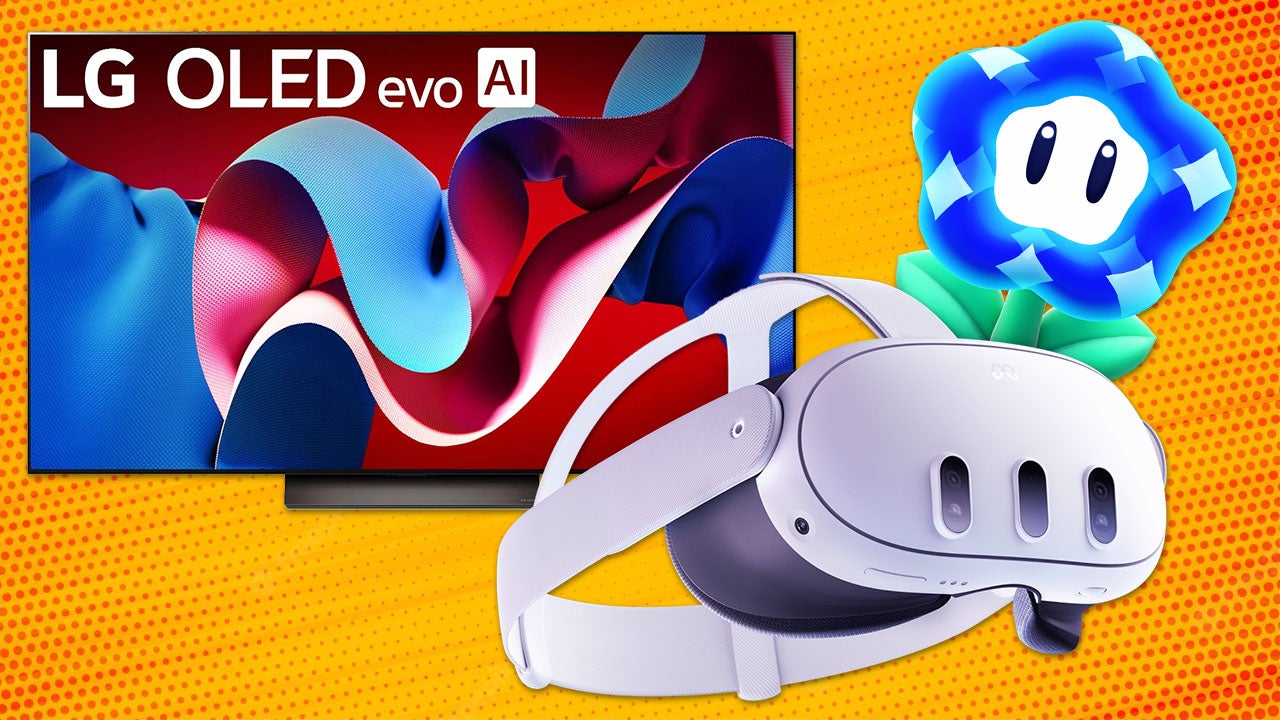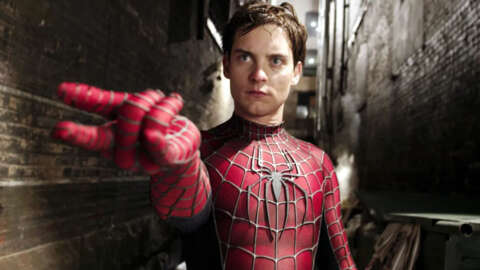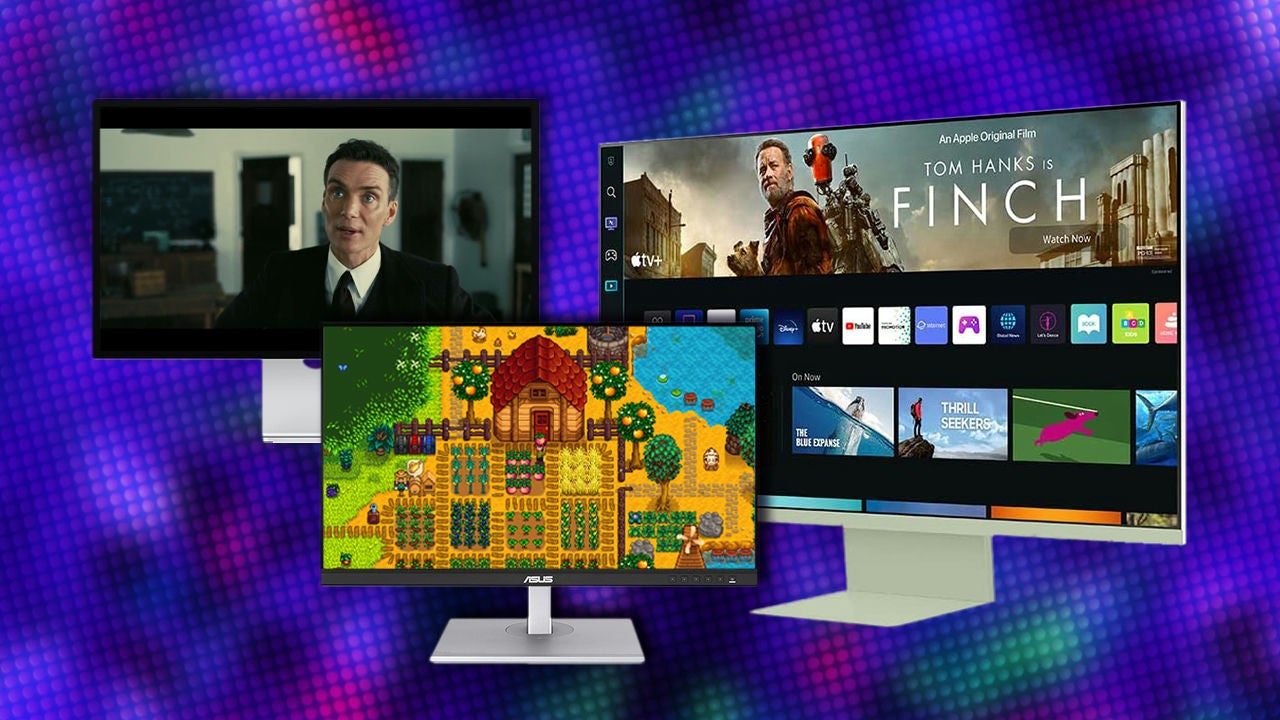I’m a huge fan of Super Mario Odyssey and I’ve long been disappointed that Nintendo still hasn’t expanded on its winning formula. Despite Breath of the Wild, which arrived in the same year, getting not only DLC but also a fully-fledged sequel, Mario Odyssey’s unique approach seems like it has largely been left by the wayside. Super Mario Bros. Wonder, though, feels positioned to fill this void. And everything I’ve played and seen so far scratches the innovative itch that I’ve come to expect from my favourite platforming plumber.
Super Mario Bros. Wonder is a traditional 2D, side-scrolling Mario adventure, more inline with the original trilogy and Super Mario World than its more experimental 3D relatives. But unlike its 2D seniors, Wonder has a new, renewed emphasis on the stage, bringing its worlds to life with ridiculous levels of charm and, yes, I’m going to say it, wonder. Key to this are the Wonder Flowers, collectibles that alter the landscape and massively affect how you progress through the levels. During my hour of hands-on time, I’ve so far seen stage-destroying bull charges, sentient and rideable warp pipes, and a torrential downpour of super stars.
But it’s not just the environment that Wonder Flowers can alter, with the character’s bodies and the player's control scheme up for grabs, too. Stands outs from my play session included desperately trying to control the direction of an inflated Toadette by furious flapping my arms, and having adorably limited jump capabilities after being morphed into a stealthy, spike-walking Goomba. My taste of these changes was small, but the implications of variety was clear.
From even the shortest of glances, the beauty of Mario Wonder’s visuals is plain to see. It has a level of vibrancy and motion typically reserved for Mario’s 3D worlds. The stages I played also offered a new level of detail to the 2D plains that truly take Wonder to the next level of whimsy.
From the motivational and sometimes suspiciously curious flowers, to the snot bubbles on sleeping Goombas, and everything in between, I never got bored of inspecting every inch of the screen. There are new levels of character everywhere. Mario is more expressive than ever, from wiggling his little legs and forgetting his cap before entering warp pipes, to his adorable little angry run and cap parachute when he’s in his squishiest form. It’s clear that extreme levels of care have been taken to bring the world and characters of Wonder to life, and the results speak for themselves. I feel confident in saying this is the prettiest Mario game so far.
Super Mario Bros. Wonder isn’t just a plumber's world though, with a whole cast of characters available to choose from. Somewhat disappointingly, though, the majority of the cast (barring Yoshi and Nabbit, invincible characters that serve as a child friendly, easy mode) play exactly the same. Though I understand why the control parity choice makes sense for multiplayer, I do feel like there’s a missed opportunity here for platform puzzle solving. Further encouragement to revisit levels as characters with different abilities that allow you to access more previously inaccessible paths would have been a welcome touch for replayability.
That’s not to say there won’t be any replayability, though. Mario and his friends do come with other persistent forms that alter how you play, including the extremely useful drill hat, traditional fireball-throwing Mario, and the already iconic elephant you may have seen in the trailers. These abilities not only help with level variety, but are regularly (along with the special action badge abilities) key to collecting the hidden Wonder seeds throughout the stage. This often provoked me to reload the demo stage and try new tricks to see where seeds I’d missed were creatively hidden.
The new abilities naturally help deal with enemies as well, and although being able to spray water from his trunk and ride Yoshi might be the elephant’s headline features, I have to say I’m a particular fan of being able to crush those pesky, nut-throwing squirrels to death by pushing pipes together like a trash compactor.
That for me is the key to Super Mario Bros. Wonder success. Not specifically the pipe crushing, but the creative ways of ever evolving the familiar formula. The blueprints for a 2D Mario game are almost as old as the industry, yet Nintendo constantly finds new ways to mix up the fun, adding fresh but never out of place ideas to keep fans returning. From what I’ve seen so far, Wonder proves once again that Nintendo remains an incredible innovator, consistently keeping you on your toes with its next ingenious mechanic and way to play. It has also established an impressive history of rarely using the same trick twice, even within the same game, and this track record of innovation fills me with excitement for everything I’ve yet to see in Wonder. And after the glimpses of the other wild stages we’ve seen in the latest trailer, It feels like the possibilities for the plumbers and friends are endless.
Dale Driver is the Executive Producer of Video Programming at IGN and once recklessly skipped revising for his school exams to collect all 120 stars in Mario 64. Be utterly bored by following him on Twitter.






